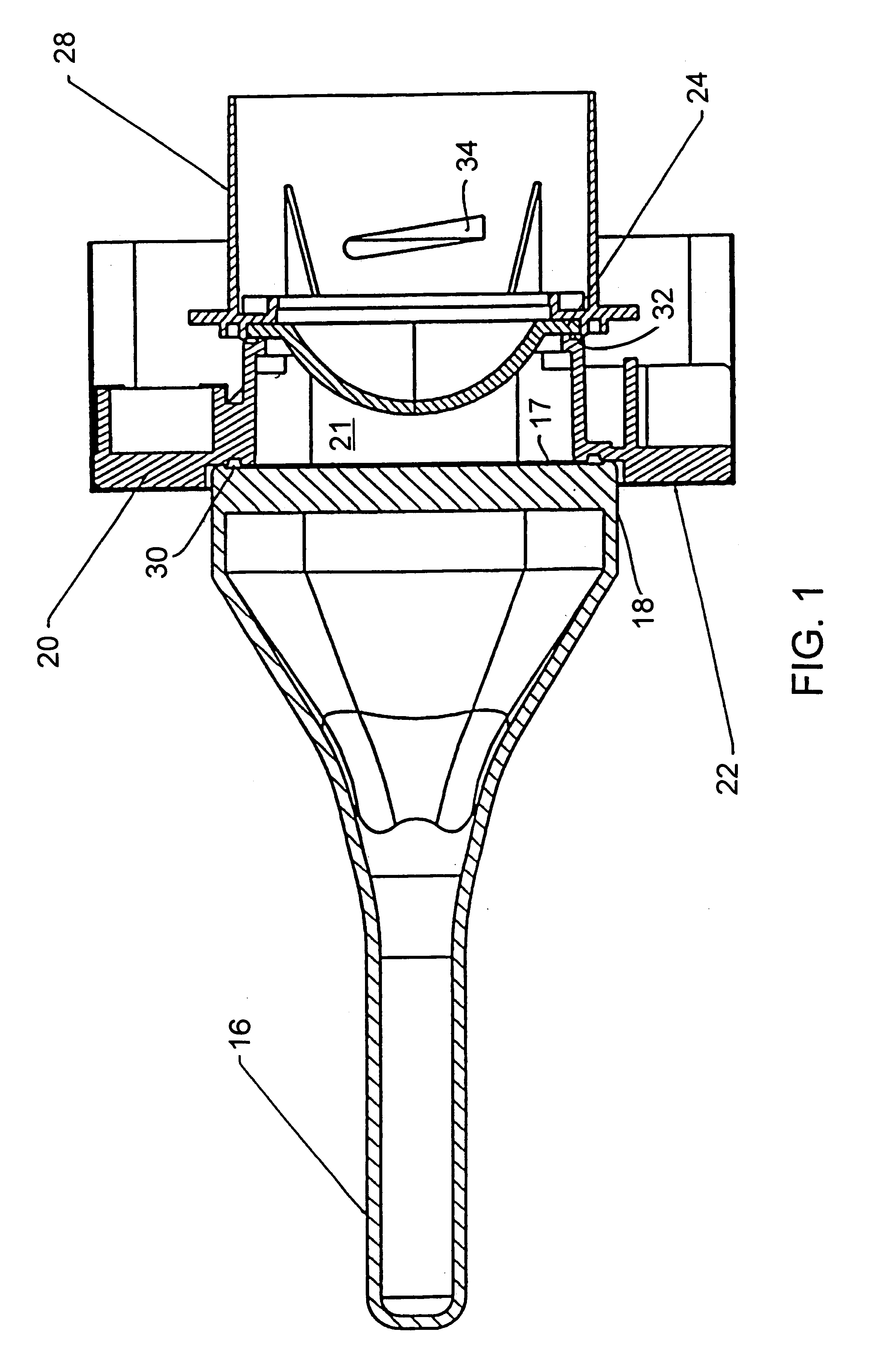Coupler fluids for projection televisions
a technology for projection televisions and fluids, which is applied in the field of coupler fluids for projection televisions, can solve the problems of deteriorating compatibility with plastics due to too much substitution
- Summary
- Abstract
- Description
- Claims
- Application Information
AI Technical Summary
Benefits of technology
Problems solved by technology
Method used
Image
Examples
example 2
Synthesis of polyethylene oxide terminated phenylmethylsiloxane The starting materials are allyl terminated polyethylene oxide of moderate molecular weights, e.g., molecular weights of about 500, and polyphenylmethylsiloxanes with ending SiH groups, e.g., Dow Corning 710. In the presence of a platinum catalyst the two ingredients react to form PEO substituted siloxane, with a CH.sub.2 CH.sub.2 CH.sub.2 intervening bridge. This arrangement imparts added hydrolytic stability. The resulting fluid is a high refractive index material (>1.52), which is optically clear and exhibits significant chemical inertness.
Synthesis of a-allyl co-methyl polyethylene glycol (PEG) is accomplished by the reaction of PEG with allylbromide (2.times.excess) after PEG is converted into its sodium salt by means of reaction with sodium in anhydrous tetrahydrofuran (THF). The second step is then hydrosilylation carried out in anhydrous toluene. The catalyst is H2PtClG (a platinum compound). This hydrosilylatio...
example 3
Mixtures of Polyethylene Oxide-co-dimethylsiloxane Polymer and Polyphenylmethylsiloxane.
Optically clear, hydrolytically stable, and chemically inert fluids of varying refractive indices can be formulated by blending two or more ingredients of selected molecular weights and compositions. The starting components include PEO terminated polydimethylsiloxane (molecular weight of approximately 500) and phenymethylsiloxane polymer (molecular weight of approximately 3,000). Instead of a phenymethylsiloxane polymer, phenyl substituted dimethylsiloxane can be used. The phenyl containing siloxanes can have a range of degree of phenyl substitution (e.g., from 75% to 25%) giving rise to ingredients of wide ranging refractive indices (e.g., from 1.58 to 1.50) and viscosities (e.g., from about 10,000 centipoise to about 2,000 centipoise). (The viscosity increases with degree of substitution for a given chain length).
The compatibility of the phenyl-substituted and PEO terminated siloxanes is suffic...
example 4
Mixtures of Polyethylene-propylene Oxide-co-dimethylsiloxane Polymer and Poly-phenylmethylsiloxane
As in Example 3, optically clear, hydrolytically stable and chemically inert fluids of controlled refractive indices are obtained by blending polyphenylmethylsiloxane with a block copolymer consisting of a dimethylsiloxane block and either a pure propylene oxide (PPO) block or a mixed ethylene / propylene (EO--PO) block, e.g., GE's SF1188 material or UCT's PS 072 material. The block copolymer can be anywhere around 100 cP or above in viscosity at room temperature, indicating relatively larger molecular weights than the PEO terminated polydimethylsiloxane in Example 3. However, the slightly less polar nature of PPO or EO--PO allows compatible mixtures to form with higher component molecular weights. A suitable blend is, for example, 99% Dow Corning 710 and 1% or less of the block copolymer.
The benefits of these blends compared with those of Example 3 are even greater chemical inertness at ...
PUM
| Property | Measurement | Unit |
|---|---|---|
| Percent by mass | aaaaa | aaaaa |
| Percent by mass | aaaaa | aaaaa |
| Percent by mass | aaaaa | aaaaa |
Abstract
Description
Claims
Application Information
 Login to View More
Login to View More - R&D
- Intellectual Property
- Life Sciences
- Materials
- Tech Scout
- Unparalleled Data Quality
- Higher Quality Content
- 60% Fewer Hallucinations
Browse by: Latest US Patents, China's latest patents, Technical Efficacy Thesaurus, Application Domain, Technology Topic, Popular Technical Reports.
© 2025 PatSnap. All rights reserved.Legal|Privacy policy|Modern Slavery Act Transparency Statement|Sitemap|About US| Contact US: help@patsnap.com

